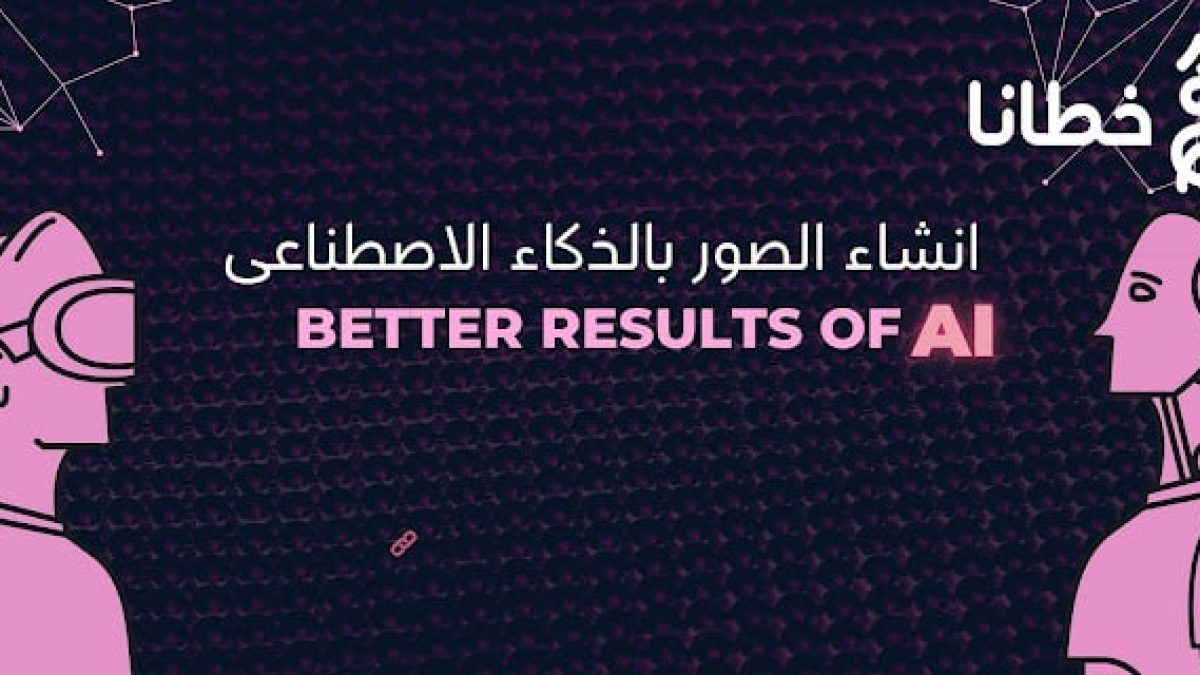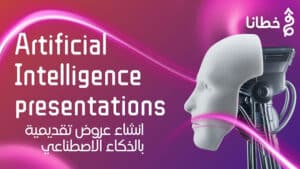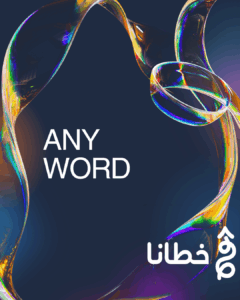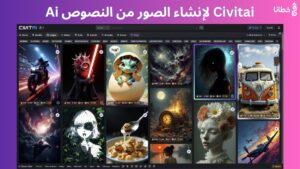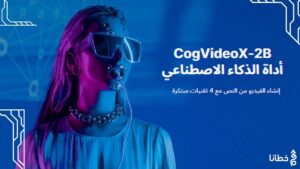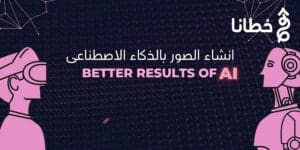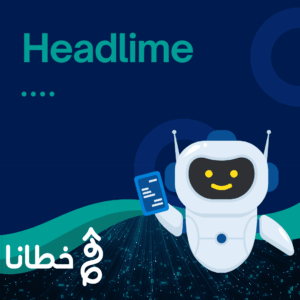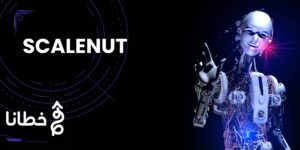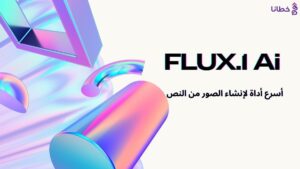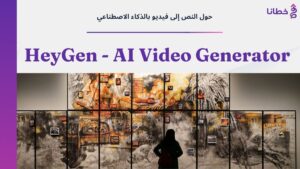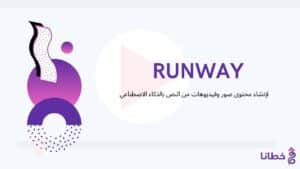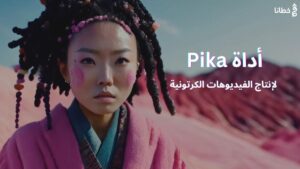table of contents
In the era of artificial intelligence and modern technology, AI tools have become essential in improving and developing digital content. Among these innovative tools is Craiyon, which allows users to create images using artificial intelligence based on input text. This tool offers amazing capabilities for designers and content creators, contributing to improving the quality of visual content and enriching the visual experience for users. In this article, we will explore Craiyon, how to use it, how it works, its importance in improving content, strategies for improving content using it, and the challenges users may face.
Craiyon Tool Definition
Craiyon, formerly DALL·E Mini, is an open-source AI tool that allows users to generate realistic or imaginary images based on textual descriptions. It uses deep learning and generative neural networks to generate new images aligned with user-provided descriptions. Craiyon is easy to use and free, making it accessible to a wide range of users, from professional designers to hobbyists looking to experiment with AI image generation.
How to use Craiyon to create images with artificial intelligence
- Enter a descriptive text: The user enters a clear, precise description of the image they wish to create. The more detailed the description, the more accurate the results.
- Access the official website: Craiyon can be accessed through its official website via a web browser without the need to download any software.
- Clicking the Create button: After entering the description, the user clicks the Create button, and the tool begins processing the data and creating the image.
- Upload or edit image: After the results appear, the user can upload the image or try to refine the description to get a more accurate image.
- Waiting for image generation: The generation process typically takes a few seconds to minutes, depending on the complexity of the description.
How to use Craiyon to create images using artificial intelligence
Craiyon relies on artificial intelligence techniques, specifically deep neural networks, which learn from massive datasets of images and text. The tool works as follows:
- Image generation: A new image is generated based on the patterns learned from the training data, using a Transformer model or GANs (Generative Adversarial Networks).
- Data comparison: The entered texts are compared with a huge database of images and annotated texts, to extract key information.
- Refine and enhance details: The image is adjusted to match the entered description, taking into account color consistency and visual details.
- Descriptive Text Analysis: When you enter a text description, the model analyzes the keywords and understands the relationship between different elements.
Now that you know how to use and work with Craiyon, let’s discover its importance in improving content.
The importance of Craiyon in improving content
Craiyon plays a vital role in improving visual and creative content across several aspects, including:

- Enrich visual content: The tool provides unique images that can be used in various designs such as articles, blogs, and presentations.
- Save time and effort: Instead of searching for ready-made images or designing them manually, users can create custom images very quickly.
- Improve user experience: Images generated by Craiyon help capture audience attention and increase engagement with content.
- Low cost: Since it’s free, it’s an ideal option for designers and creatives on a budget.
- Supports creativity: The tool enables designers and creators to experiment with new ideas and create unique content.
How to improve content using Craiyon
To get the most out of Craiyon, there are some effective strategies you can follow:
- Edit images after generation: Images can be enhanced using editing software like Photoshop or Canva to add a professional touch.
- Combine it with text content: Improve user experience by combining attractive images with powerful text to increase visual impact.
- Specify an accurate description of the image: Using detailed and accurate descriptions helps in obtaining images that are more closely matched to the desired result.
- Use in marketing strategies: Generated images can be leveraged to create engaging ads or unique promotional content.
- Try multiple descriptions: If the first image isn’t satisfactory, you can try several descriptions with slight changes.
Content Optimization Strategies Using Craiyon
There are several strategies you can adopt to improve your content via Craiyon:
- Innovate in content creation: Experiment with different art styles and create images in new ways that align with your brand identity.
- Integrate with other tools: Combine Craiyon with other design tools to improve the quality of your final content.
- Improve user experience: Use visuals and graphics to enhance understanding and increase user engagement.
- Using the tool in brand development: creating unique images that fit the brand’s visual identity.
- Analyze reactions: Test different images and analyze audience interaction to see which styles are most engaging.
Sites that help improve image quality using artificial intelligence
- Let’s Enhance: Uses artificial intelligence to improve image resolution and enlarge images without losing quality.
- Remini: Processes old or low-quality photos and makes them clearer.
- Upscale.media: A free tool for upscaling images using AI.
- VanceAI: Enhances images using deep learning techniques.
- Fotor: Provides photo enhancement and added enhanced effects.
You can try these tools to enhance the images you create with Craiyon and make them sharper and more precise.
Challenges and drawbacks of using Craiyon
Despite the many advantages of Craiyon, there are some challenges and drawbacks to consider:
- Legal restrictions: Some of the images generated may be similar to copyrighted images, which may cause legal issues.
- Sometimes low quality: Some generated images may be blurry or unclear, especially if the description is inaccurate.
- Lack of fine customization: Compared to professional design tools, the level of control over details is lower.
- Continuous Improvements Needed: Technology is still evolving, which means there are areas that need improvement.
- Limited Image Accuracy: In some cases, images may not exactly match the descriptions entered.
Craiyon is a great addition to the world of AI and design, allowing users to create custom images quickly and easily. Using it in innovative ways can enhance the quality of content and attract more audiences. However, it’s important to consider potential challenges and work to improve the quality of the resulting images. Whether you’re a professional designer or a beginner, Craiyon provides a great opportunity to explore the potential of AI in visual creativity. Share this article with your friends and on social media. We also welcome your comments and questions; feel free to leave your feedback below. You can learn more about the tools at https://tech.khutana.com.
Questions about Craiyon: An AI Image Generator to Boost Visual Content in 2025
What is the role of artificial intelligence in creating images?
AI plays a key role in generating images from text (such as Craiyon and DALL·E), enhancing image quality with Super-Resolution techniques, intelligently editing images with tools like Photoshop AI, creating 3D images, and transforming artistic styles in a variety of ways. AI helps accelerate design processes, enhance creativity, and deliver high-quality, personalized images.
What is Craiyon?
Craiyon is an AI tool for generating images from text, relying on deep learning to generate unique images based on input descriptions.
How can I use Craiyon to create images?
You can enter a text description for the image you want, then press the “Generate” button, and the tool will automatically generate the image within a few seconds.
Is Craiyon free?
Yes, it can be used for free, but there may be paid options for additional features such as improved quality and generation speed.
How does AI work at Craiyon?
Craiyon relies on generative neural networks (GANs and Transformers) to analyze text descriptions and match them with massive training data to generate new images.

